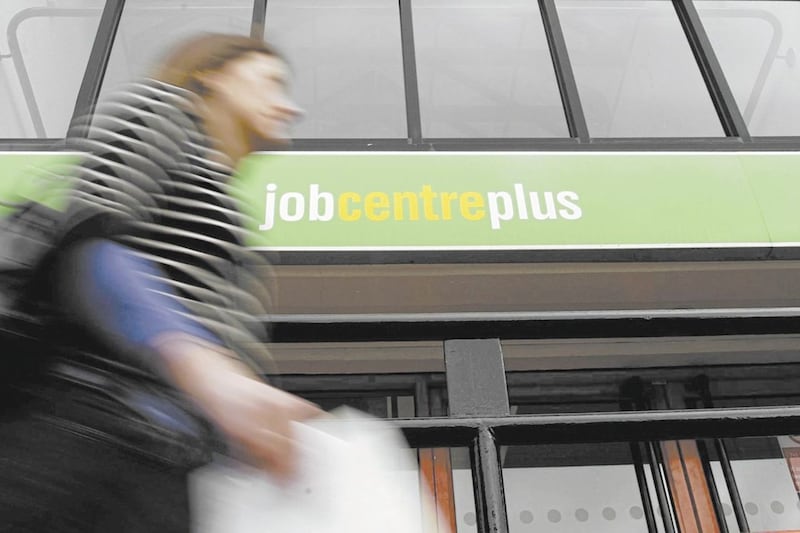The north’s unemployment rate fell to a record low of 2% between March and May with the average monthly wage increasing by 11% over the year, official government figures suggest.
July’s labour market report from the NI Statistics and Reach Agency (Nisra) estimate the rate of unemployment dropped 0.2 percentage points (PPS) over the previous quarter.
The UK rate for the same period was estimated at 4.4%.
But Nisra’s labour force survey (LFS), which is based on household interviews, suggests the headline rate of employment dropped by 0.6pps in the north over the same period to 71.1%, which left it 0.3pps up over the year.
The official economic inactivity rate also crept up in the three months to May, rising 0.8PPS to 27.4%, which was marginally (0.1PPS) down over the year.
Meanwhile, figures sourced from HMRC indicate the number of pay as you earn (PAYE) workers in Northern Ireland increased to a record 808,000 in June 2024.
That marked a monthly increase of 0.4%, which left the PAYE workforce 2.4% bigger compared with June 2023.
Earnings recorded for those workers suggest Northern Ireland employees enjoyed a median monthly pay of £2,329 in June, an increase of £83 (3.7%) over the month and an increase of £235 (11.2%) over the year.
That put the average monthly wage well above UK’s 2% inflation rate in June.
The north’s claimant count stood at 38,800 last month, the equivalent of 4% of the workforce. It marked a 3.1% increase from May.
Officially, the Department for the Economy received confirmation of 310 confirmed redundancies during June 2024, an increase on the 180 in May and the highest monthly figure since November 2023.
It brought to 930, the total number of confirmed redundancies since the start of the year.
A total of 1,750 redundancies were proposed during the same period, including 390 in June.
The figures only relate to cases where employers are statutorily obliged to notify the authorities when cutting 20 or more roles.
The labour market data was published after the UK’s new Chancellor Rachel Reeve met First Minister Michelle O’Neill, Deputy First Minister Emma Little-Pengelly and Finance Minister Caoimhe Archibald on Wednesday evening.
Ms Archibald said: “I did express concerns about our overall finances and the need for additional funding for public sector pay awards, including to meet pay review body recommendations.
“While good progress has been made in relation to the fiscal framework, work must continue as a priority and our finances must be put on a sustainable footing.”








